TOP1
-
Official Full Name
topoisomerase (DNA) I -
Overview
This gene encodes a DNA topoisomerase, an enzyme that controls and alters the topologic states of DNA during transcription. This enzyme catalyzes the transient breaking and rejoining of a single strand of DNA which allows the strands to pass through one another, thus altering the topology of DNA. This gene is localized to chromosome 20 and has pseudogenes which reside on chromosomes 1 and 22. -
Synonyms
TOP1;topoisomerase (DNA) I;TOPI;DNA topoisomerase 1;OTTHUMP00000031713;DNA topoisomerase I;type I DNA topoisomerase
Recombinant Proteins
- Human
- Mouse
- Rhesus macaque
- Rat
- Chicken
- VACV
- Sf9 Cells
- Insect Cells
- Sf21 Cells
- Baculovirus
- Mammalian Cells
- HEK293
- Insect cells
- E.coli
- Non
- His
- Myc
- Avi
- Fc
Background
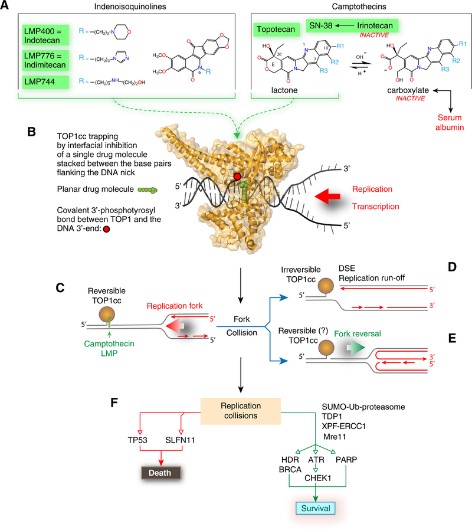
Fig1. Outline of the molecular pharmacology and response determinants of clinical TOP1 inhibitors. (Anish Thomas, 2019)
What is TOP1 protein?
TOP1 (DNA topoisomerase I) gene is a protein coding gene which situated on the long arm of chromosome 20 at locus 20q12. This gene encodes a DNA topoisomerase, an enzyme that controls and alters the topologic states of DNA during transcription. This enzyme catalyzes the transient breaking and rejoining of a single strand of DNA which allows the strands to pass through one another, thus altering the topology of DNA. The TOP1 protein is consisted of 765 amino acids and its molecular mass is approximately 90.7 kDa.
What is the function of TOP1 protein?
TOP1 protein is a key ribozyme, its main function is to regulate the topology of DNA, and play an important role in the process of DNA replication, transcription, recombination, and chromosome shrinking and separation. By cutting one strand in the DNA double strand and changing the number of links in DNA, topological problems caused by excessive winding or excessive relaxation of the DNA double helix structure are solved. In addition, TOP1 protein is also involved in the regulation of gene expression and cell cycle progression, which has an important impact on the maintenance of genome stability.
TOP1 Related Signaling Pathway
TOP1 plays a role in multiple signaling pathways and is mainly involved in the regulation of DNA topological states. TOP1 can unknot or relax the DNA superhelix structure by cutting a DNA strand, thus playing an important role in DNA replication, transcription, recombination and cell cycle regulation.
TOP1 Related Diseases
Abnormal expression or activity change of TOP1 protein is associated with the occurrence and development of many cancers, such as breast cancer, ovarian cancer, colorectal cancer and so on. Abnormal expression or activity change of TOP1 protein is associated with the occurrence and development of many cancers, such as breast cancer, ovarian cancer, colorectal cancer and so on. The role in coronary heart disease, myocardial infarction and other cardiovascular diseases has also attracted attention. TOP1 protein is also associated with some other diseases, such as viral infections and autoimmune diseases.
Bioapplications of TOP1
TOP1 is the target of many anti-cancer drugs, such as Irinotecan and Camptothecin. These drugs bind TOP1 by blocking its release and binding to DNA, causing the DNA strand to break, which in turn triggers cancer cell death. Since TOP1 is usually expressed at higher levels in cancer cells, it can be used as a biomarker for certain types of cancer.
Case Study
Case Study 1: Andreas Keil, 2016
Since the precise mechanism for the pathogenesis of systemic lupus erythematosus (SLE) is unknown, no targeted therapies in addition to immunosuppression are available so far. The researchers recently demonstrated that administration of the topoisomerase I (topo I) inhibitor irinotecan at extremely low concentrations reversed established lupus nephritis in NZB/NZW mice. While profound immunosuppression was absent, we proposed changes in DNA relaxation and anti-double-stranded (ds)DNA antibody binding as the underlying mechanism. To exclude that these effects were restricted to NZB/NZW mice, irinotecan was used in a genetically different strain of lupus-prone mice.
MRL/lpr mice were treated with high- and low-dose irinotecan beginning at 8 weeks of age. Treatment was repeated every fourth week. In vitro, DNA was relaxed by recombinant topo I, and altered anti-dsDNA antibody binding was measured by enzyme-linked immunosorbent assay. Administration of both high- and low-dose irinotecan prevented proteinuria and prolonged survival in MRL/lpr mice. Moreover, both concentrations of irinotecan significantly improved histopathology of the skin at 18 weeks of age. While only high-dose irinotecan diminished the numbers of plasmablasts and double-negative T cells, no changes in IgG-secreting cells or anti-dsDNA IgG were observed.
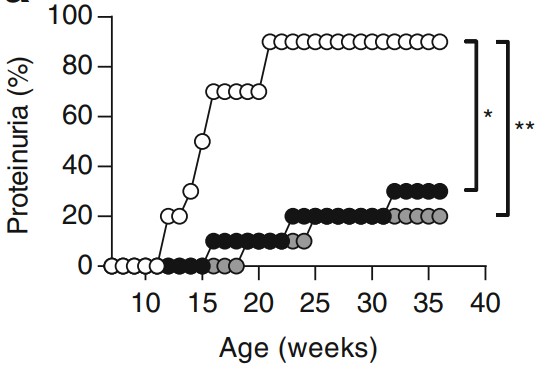
Fig1. Frequency of proteinuria measured as grade 4+ at two consecutive weeks.
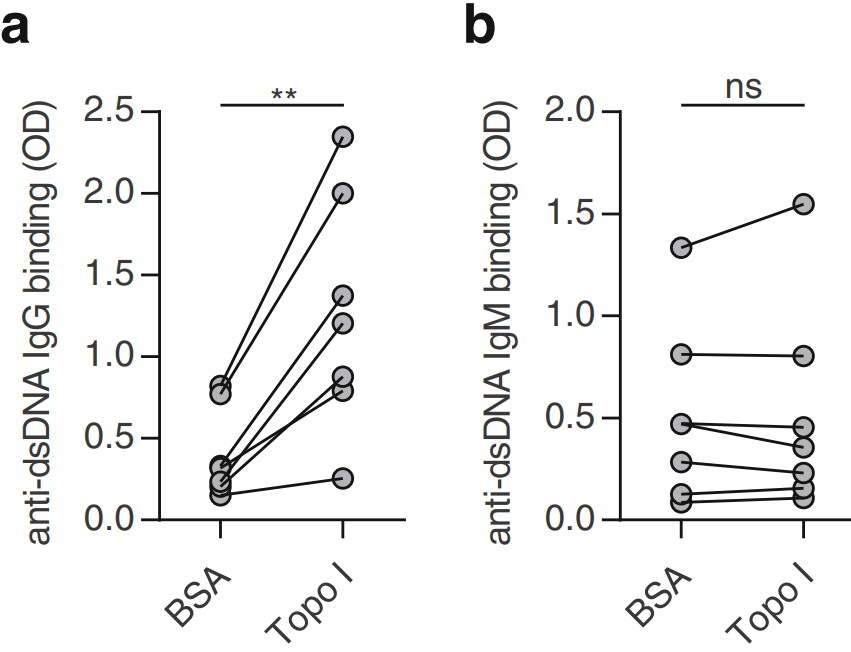
Case Study 2: Andreas Keil, 2015
The treatment of lupus nephritis is still an unmet medical need requiring new therapeutic approaches. Our group found recently that irinotecan, an inhibitor of topoisomerase I (topo I), reversed proteinuria and prolonged survival in mice with advanced lupus nephritis. While irinotecan is known to stabilize the complex of topo I and DNA, the enzyme tyrosyl-DNA phosphodiesterase 1 (TDP-1) functions in an opposing manner by releasing topo I from DNA. Therefore, we undertook this study to test whether the TDP-1 inhibitor furamidine has an additional effect on lupus nephritis when used in combination with irinotecan.
NZB/NZW mice were treated with low-dose irinotecan and furamidine either alone or in combination beginning at age 26 weeks. DNA relaxation was visualized using gel electrophoresis. Binding of anti-double-stranded DNA (anti-dsDNA) antibodies to DNA modified by topo I, TDP-1, and the topo I inhibitor camptothecin was determined by enzyme-linked immunosorbent assay. In vitro, recombinant TDP-1 increased topo I-mediated DNA relaxation, resulting in enhanced binding of anti-dsDNA antibodies. In combination with topo I and camptothecin, TDP-1 reversed the inhibitory effects of camptothecin on DNA relaxation and anti-dsDNA binding.
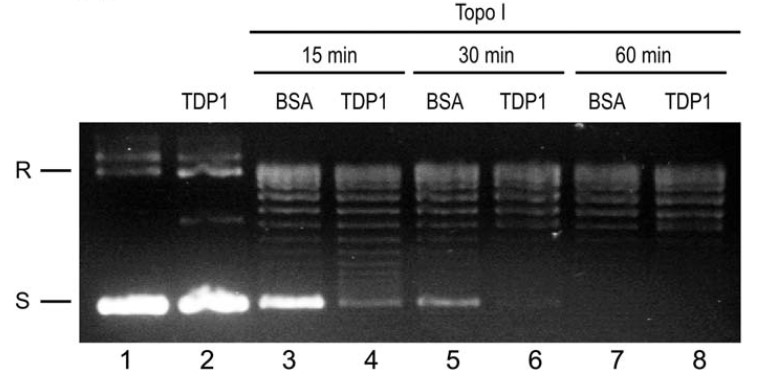
Fig3. Supercoiled plasmid DNA pBR322 (50 g/ml) was incubated with 30 ng/ml topo I and 7.25 mg/ml TDP-1 or bovine serum albumin (BSA) for 15, 30, or 60 minutes at 37°C.
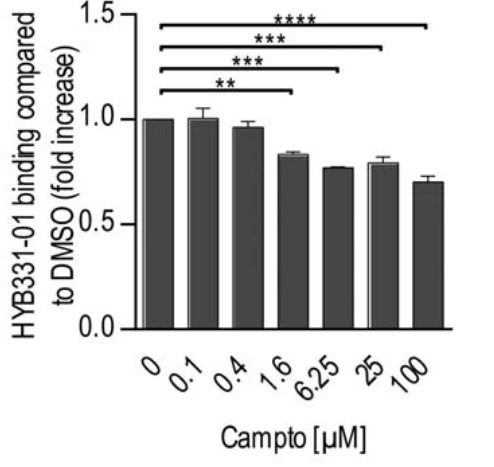
Quality Guarantee
High Purity
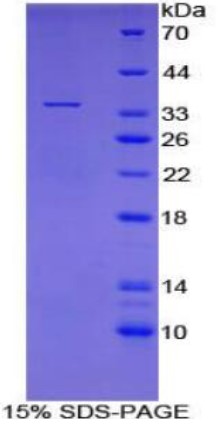
Fig1. SDS-PAGE (TOP1-455H) (PROTOCOL for western blot)
Involved Pathway
TOP1 involved in several pathways and played different roles in them. We selected most pathways TOP1 participated on our site, such as Caspase cascade in apoptosis,Integrated Pancreatic Cancer Pathway, which may be useful for your reference. Also, other proteins which involved in the same pathway with TOP1 were listed below. Creative BioMart supplied nearly all the proteins listed, you can search them on our site.
| Pathway Name | Pathway Related Protein |
|---|---|
| Caspase cascade in apoptosis | CASP4,NUMA1,CRADD,PARP1,GAS2,SATB1,DIABLO,CFL2,CASP2,LMNB1 |
| Integrated Pancreatic Cancer Pathway | IL11,DAXX,MST1,WRN,RAPGEF3,CASP12,RB1CC1,BRF1,MYT1,AGA |
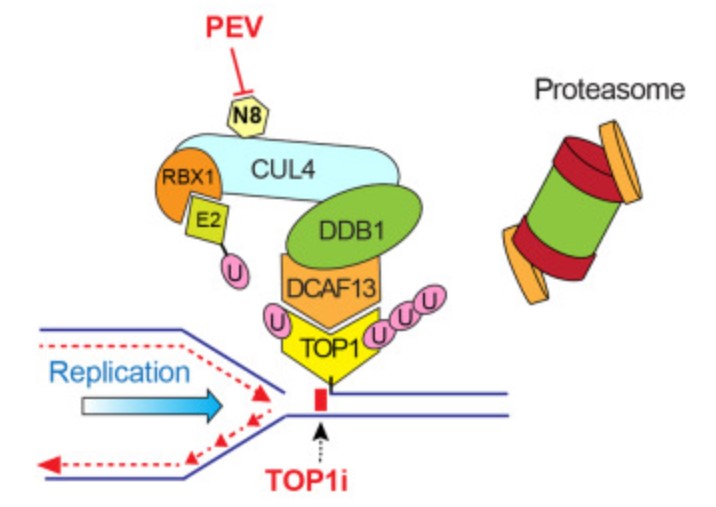
Fig1. TOP1-DPC arrest the replication forks upon their collision and signal the DCAF13-DDB1-CUL4-RBX1 complex for its recruitment to the DPCs. (Yilun Sun, 2023)
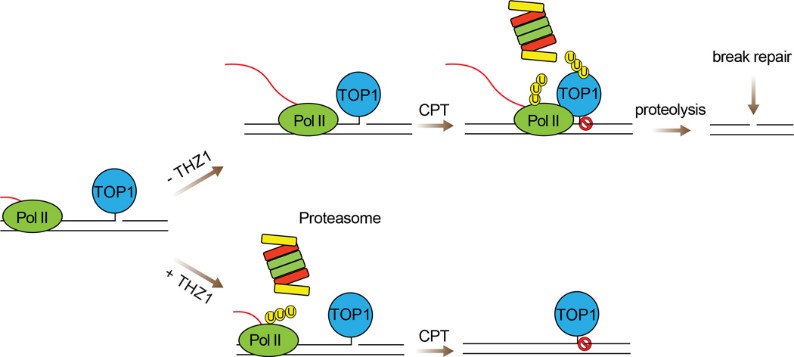
Fig2. Model for the molecular mechanism by which THZ1 enhances TPT-mediated cytotoxicity in SCLC cells. (Yilun Sun, 2022)
Protein Function
TOP1 has several biochemical functions, for example, DNA binding,DNA topoisomerase type I activity,DNA topoisomerase type II (ATP-hydrolyzing) activity. Some of the functions are cooperated with other proteins, some of the functions could acted by TOP1 itself. We selected most functions TOP1 had, and list some proteins which have the same functions with TOP1. You can find most of the proteins on our site.
| Function | Related Protein |
|---|---|
| poly(A) RNA binding | EIF2S1A,EIF3H,SKIV2L2,GOT2,NOP14,AGO1,HNRNPAB,LYAR,GANAB,RPS27.2 |
| DNA topoisomerase type II (ATP-hydrolyzing) activity | TOP1L,TOP2A,TOP1MT,TOP2B |
| DNA topoisomerase type I activity | TOP3B,TOP1MT,TOP1L,CDK5R2,TOP3A |
| DNA binding | OASL,HNF1B,SMUG1,HIST1H2BE,MYCA,BTBD11A,ZNF496,SIM1A,EVE1,POLR2J2 |
| core promoter sequence-specific DNA binding | MTA1,SOHLH1,NRF1,PROX1,PRMT5,ATF4,NFYA,CHD2,ZNF750,TRP53 |
| chromatin binding | RAD51,CCDC111,MNT,HDAC3,NEUROD1,HINFP,LMO2,ORC1L,PATZ1,RNF168 |
| protein binding | SNW1,WAS,TMEM183A,MELK,TLX2,FAM9A,KIF5B,REEP1,NFKBIZ,ZNF263 |
Interacting Protein
TOP1 has direct interactions with proteins and molecules. Those interactions were detected by several methods such as yeast two hybrid, co-IP, pull-down and so on. We selected proteins and molecules interacted with TOP1 here. Most of them are supplied by our site. Hope this information will be useful for your research of TOP1.
lt_sv40;NKX3-1;ABL1
Resources
Related Services
Related Products
References
- Honjo, T; Kobayashi, M; et al. The AID Dilemma: Infection, or Cancer?. ADVANCES IN CANCER RESEARCH, VOL 113 113:1-44(2012).
- Nagaoka, H; Tran, TH; et al. Preventing AID, a physiological mutator, from deleterious activation: regulation of the genomic instability that is associated with antibody diversity. INTERNATIONAL IMMUNOLOGY 22:227-235(2010).




